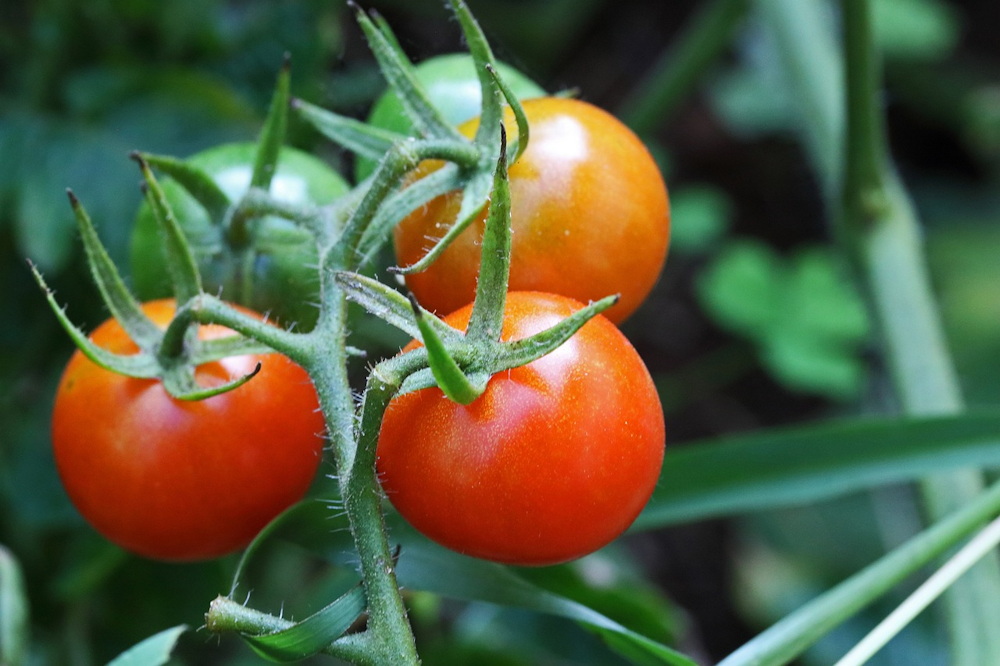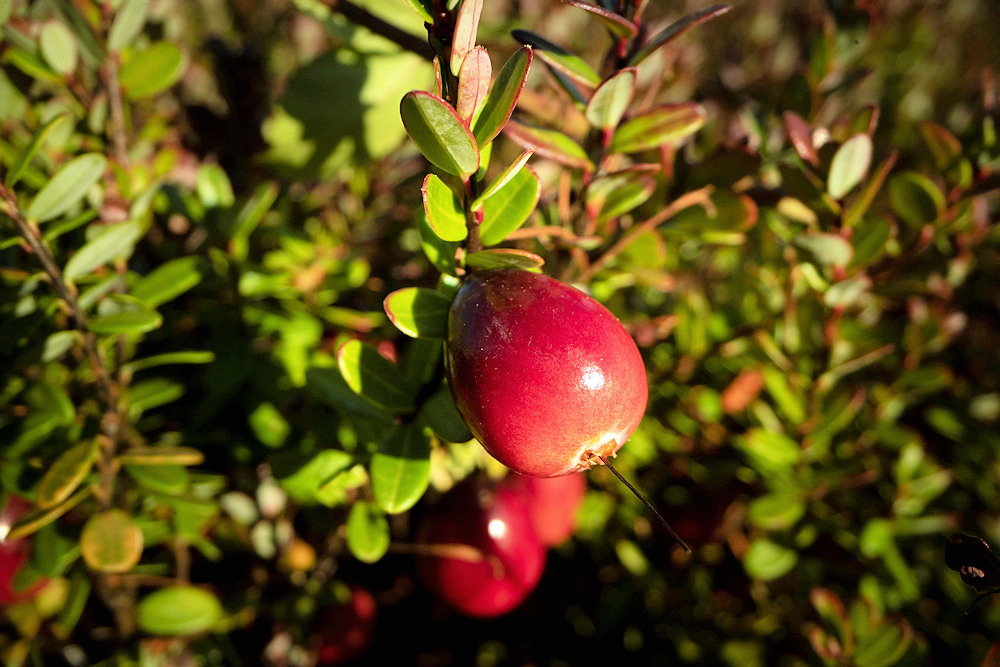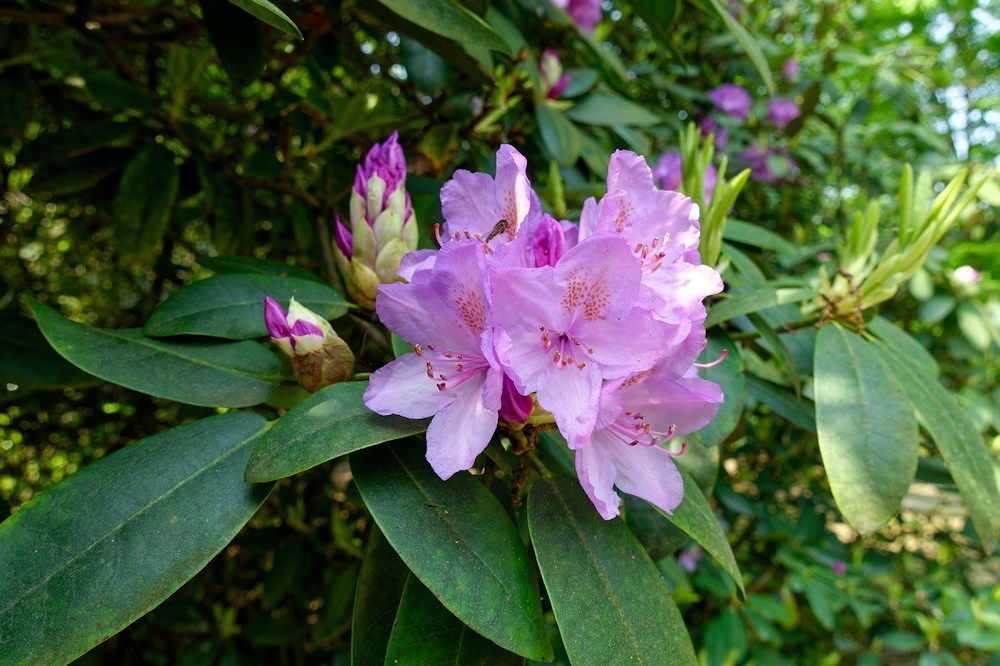Your garden’s success often depends on the quality of the soil. While you might think dirt is just dirt, soil varies significantly in composition, texture and nutrient content. In this guide, we’ll explore the most common types of soil found in gardens, providing insight into which plants thrive in each type and how to improve less favorable soils.

1. Loam: The Gardener’s Dream
Loam is the ideal soil for most garden plants. It combines the best qualities of sand, silt and clay, offering a balanced texture that’s rich in nutrients, retains moisture and drains well. Its fine yet crumbly structure allows roots to grow easily, making it perfect for a wide range of vegetables, flowers and fruit trees.
Plants That Love Loam: Almost any plant will flourish in loam, from tomatoes and roses to blueberries and strawberries. It’s particularly great for growing vegetables, herbs and flowering plants that require a mix of good drainage and nutrient-rich soil.

2. Sandy Soil: The Fast Drainer
Sandy soil is light, gritty and quick to drain. While this might sound like a gardener’s dream, its low nutrient content and rapid drainage mean that water and nutrients can quickly escape, leading to dry conditions. However, with the right approach, sandy soil can be improved to support various plants.
Plants That Love Sandy Soil: Mediterranean herbs like rosemary, lavender and thyme, as well as succulents and cacti, thrive in sandy soil. Root vegetables like carrots and potatoes also do well due to the loose texture.
Improving Sandy Soil: To boost moisture retention, add organic matter such as compost, peat moss or well-rotted manure. Mulching the soil surface can also help retain moisture and reduce erosion.

3. Silt: The Smooth Operator
Silty soil is smooth and fine-textured, with particles smaller than sand but larger than clay. It holds moisture better than sandy soil but can become compacted, leading to drainage issues. It’s fertile and easy to cultivate, but care must be taken to avoid over-compaction.
Plants That Love Silty Soil: Plants with shallow root systems, like lettuce, spinach and other leafy greens, thrive in silty soil. It’s also excellent for growing flowers such as daffodils and tulips.
Improving Silty Soil: To improve drainage and reduce compaction, add organic matter like compost or well-rotted manure. Planting cover crops or using raised beds can also help maintain soil structure.

4. Clay Soil: The Water Retainer
Clay soil is dense and heavy, with particles that pack tightly together, leading to poor drainage and aeration. While clay is rich in nutrients, its compact nature can be challenging for plant roots to penetrate. Despite its drawbacks, with proper management, clay soil can be transformed into a productive garden base.
Plants That Love Clay Soil: Some moisture-loving plants like irises, daylilies, and certain trees (like willows and maples) can handle clay soil. Certain fruits, such as cranberries, also do well due to their need for constant moisture.
Improving Clay Soil: To improve aeration and drainage, mix in organic matter like compost, leaf mold or peat moss. Adding gypsum or sand can help break up the clay structure, but be cautious not to overdo it with sand, as it can create a cement-like mixture.

5. Peat Soil: The Acidic Enigma
Peat soil is dark, spongy and high in organic matter, but it tends to be acidic and holds a lot of moisture. This type of soil is less common in gardens but is often found in specific ecosystems like bogs or marshes. Its acidity and water retention can be both a blessing and a curse.
Plants That Love Peat Soil: Acid-loving plants like azaleas, rhododendrons and blueberries thrive in peat soil. Many ferns and other moisture-loving plants also do well in this environment.
Improving Peat Soil: To reduce acidity, add lime or wood ash. To improve drainage, mix in sand or perlite. If you have naturally occurring peat soil in your garden, consider creating raised beds or installing proper drainage systems to manage excess moisture.

By understanding the different types of soil and how they affect plant growth, you can create a thriving garden regardless of your starting point. Whether you’re working with loam or clay, there’s always a way to enhance your garden’s productivity and bring out its full potential. So get your hands dirty and start cultivating the garden of your dreams!









